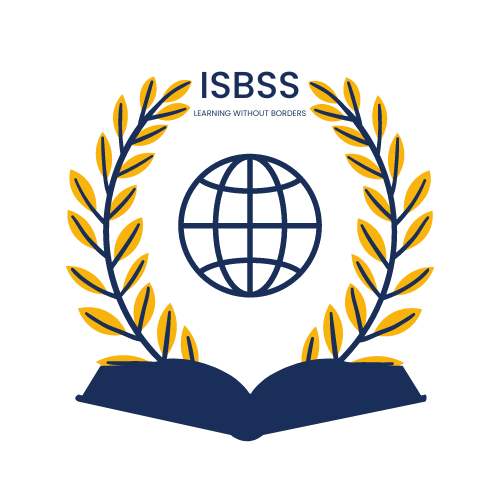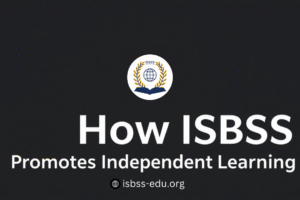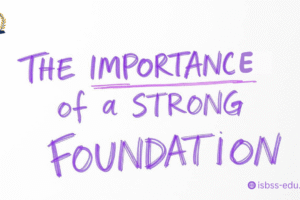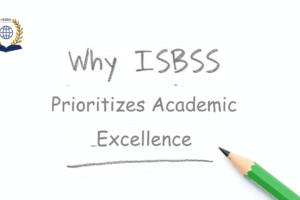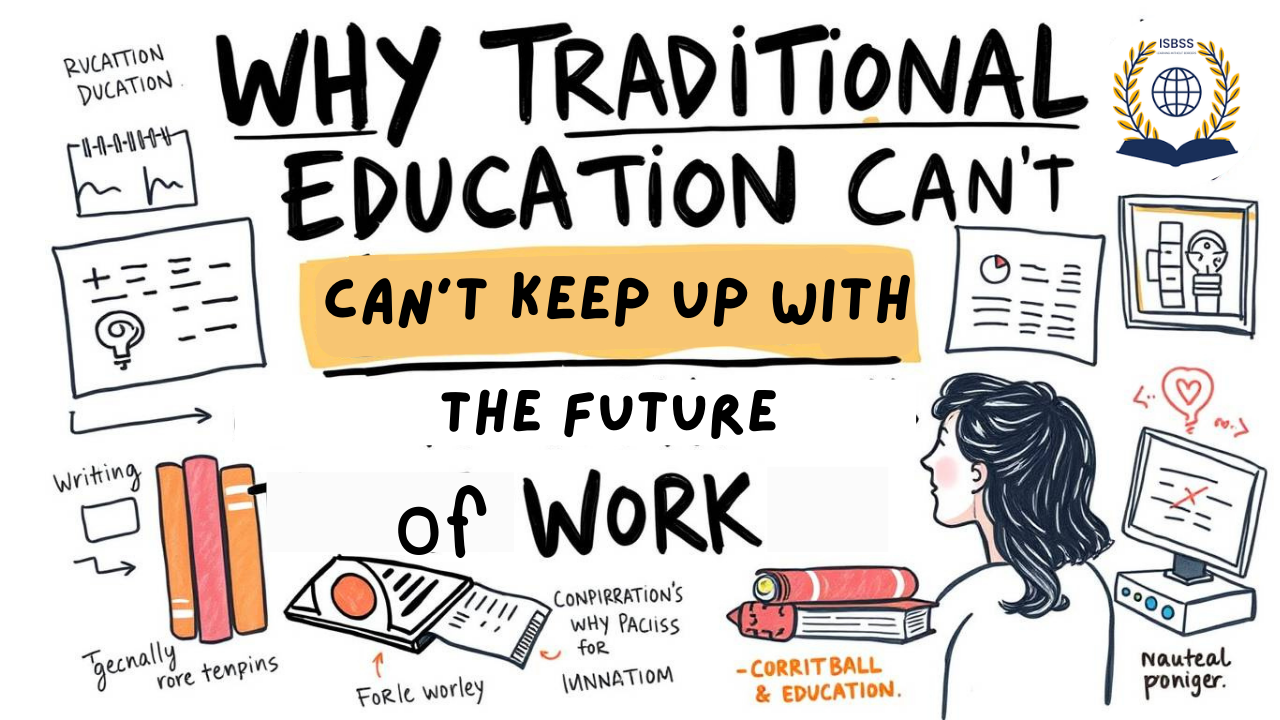
Why Traditional Education Can’t Keep Up with the Future of Work
Why Traditional Education Can’t Keep Up with the Future of Work
The COVID-19 pandemic accelerated the global shift toward online education, giving rise to a bold narrative: if students can’t come to Western universities, let Western education come to them digitally. This vision promised to democratize learning, offering quality degrees at a distance, supposedly free from the cost, visa, and relocation burdens of traditional international study.
But three years into this digital transformation, a sobering truth has emerged: simply putting education online doesn’t make it accessible. For students in developing markets, many of the same systemic barriers- financial, cultural, and infrastructural—persist, just in a different form. Online education holds tremendous potential, but only if it is reimagined with global equity at its core.
1. A Digital Mirror of Old Inequities
Most online programs from Western institutions are structurally and financially modeled after their in-person counterparts. The result? High tuition fees, limited financial aid, and academic content designed for Western contexts. While the platform may be digital, the design philosophy remains rooted in a system built for students in Boston, Berlin, or Sydney, not Bamako, Dhaka, or Managua.
Example: A fully online U.S. MBA program can cost between $20,000 to $80,000, pricing out the vast majority of potential students in the Global South.
Without adaptation, online education risks becoming another elite offering—accessible only to those who were already in privileged positions.
2. The Digital Divide is Real- and Deep
Online access assumes reliable infrastructure, but global connectivity is far from equal:
- Internet Penetration: Can you believe that as of 2023, only 43% of people in Sub-Saharan Africa have internet access? Now compare that to North America—91%. Big gap, right?
- Device Access: Many students rely on shared or low-capacity devices, often without access to laptops or quiet study environments.
- Power Outages: In countries like Nigeria, Pakistan, or parts of South Asia, regular blackouts disrupt class schedules and examinations.
The shift to digital has created a new class of exclusion, not just by income or geography, but by bandwidth.
3. Western-Centric Curriculum: An Invisible Barrier
Academic content in online education often fails to speak to international realities. Case studies, business examples, and political frameworks are heavily Western-centric, leaving non-Western students struggling to relate—or worse, to feel that their own context is inferior or irrelevant.
- Business case studies drawn from Silicon Valley may not apply to informal economies in Kenya.
- Legal modules referencing U.S. constitutional law may alienate students from civil law systems.
- Teaching styles rooted in individualism, debate, and direct questioning may conflict with cultural norms around hierarchy and respect.
True global learning requires not just translation, but transformation—a redesign of content to be locally meaningful and globally relevant.
4. Where It Fails: The Dropout Crisis in Online Programs
Online programs often see higher dropout rates than their in-person counterparts, especially among international students. Lack of engagement, cultural disconnect, technical issues, and feelings of isolation all contribute to the attrition.
Data Point: Studies show that up to 60% of students in MOOC-based (Massive Open Online Courses) programs drop out within the first two months. International learners from low-resource settings are disproportionately represented in these numbers.
Simply put, content delivery is not the same as learning, and platform access is not the same as educational inclusion.
5. What Would a Truly Global Online University Look Like?
To realize the promise of online education, we must ask: What would digital learning look like if it were built for the Global South, not just available to it?
Here’s what such a model might include:
- Localized Pricing: Tuition that adjusts based on purchasing power, allowing students from lower-income countries to pay fair rates.
- Culturally Adaptive Content: Courses co-developed with scholars and practitioners from diverse regions to reflect local realities.
- Mobile-First Design: Learning platforms are designed to function seamlessly on smartphones, not just laptops.
- Flexible Assessments: Asynchronous and offline-friendly models that accommodate unpredictable schedules and power outages.
- Stronger Accreditation Models: Regional recognition and pathways that allow online graduates to continue their education or work in their home countries without barriers.
- Work-Integrated Learning: Digital apprenticeships or remote internships that align learning with employability, especially important in regions with high youth unemployment.
Case Study: The African Leadership University (ALU) uses project-based learning and localized case studies tailored to African contexts, while offering hybrid models that account for infrastructure realities.
Online Accessible
Online education is often presented as the great equalizer, but unless it is restructured with intention, it simply exports the same exclusivity through a new medium. The promise of global education will remain unfulfilled unless we confront the deeper inequalities that digital tools alone cannot solve.
If we truly believe in education as a global right, Policymakers, institutions, and edtech innovators must collaborate to design education that transcends borders and barriers.The future of learning isn’t just online—it’s equitable, localized, and inclusive.
